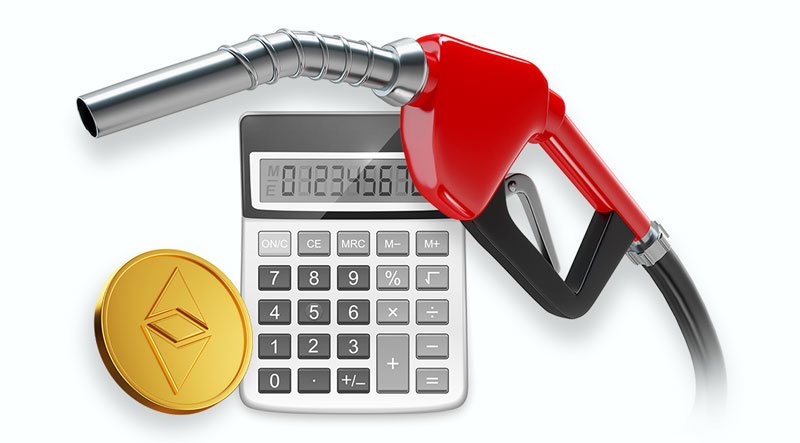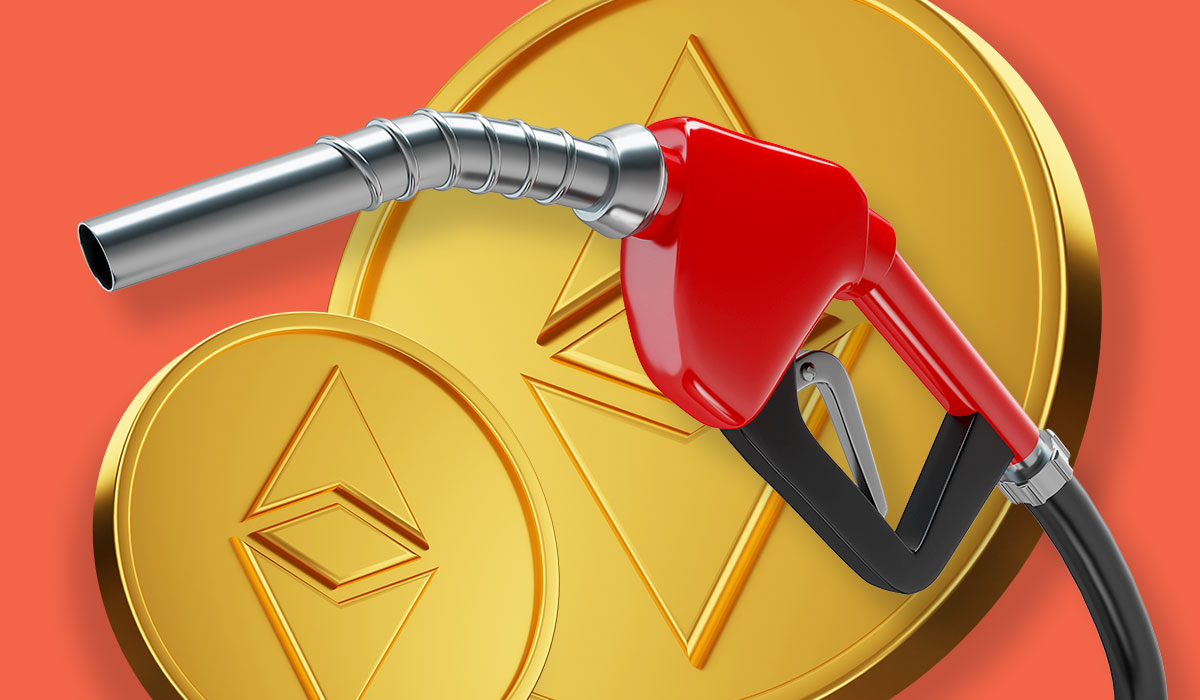Scalability, being one of the main hindrances within the DeFi applications, has created huge barriers to entry. Due to the lack of scalability and network congestion, the fees of transactions become expensive. Alternatively, users now search for a solution that improves the decentralized finance ecosystem and makes it more usable and accessible.
What Is Gas?
Gas is a definition used for measuring the amount of computational effort to perform specific actions on the Ethereum blockchain network. nodes (miners) receive The gas to execute “smart contracts.” When a network member transfers the value on the Ethereum blockchain, the miner must pack their transaction data and add it to the blockchain to complete the transaction. The nodes consume computing resources, and in this costly process, nodes must receive adequate remuneration.
The Complexity of the transaction is a determinative factor in the amount of the transaction’s gas. The more complicated the “smart contract” transaction is, the higher the Gas Fee.

The name comes from Gasoline, the fuel which we power our vehicles to move, and the gas fee covers the network necessary costs to move up and stay operational. All activities on the Ethereum blockchain or its EVM (Ethereum Virtual Machine) have the relevant gas cost.
For example:
- Adding two numbers costs three gas.
- Getting the balance of an account — costs 400 gas.
- Sending a transaction — costs 21,000 gas.
Please note that Smart contracts usually consist of multiple operations that can cost even hundreds of thousands of gas fees.
We don’t realize how much we have to pay from that Gas fee for a particular transaction. To calculate the transaction fee, we must multiply the gas cost by the gas price—the gas price measured in Gwei (Giga-Wei) — a smaller unit than ether where one Gwei equals 0.000000001 ETH. We can generalize it as major and minor currency units, like dollars and cents.
The fee is calculated based on the Supply and the demand on the network which is the traffic of the performing operations on the network in a particular range of the time, and each particular transaction defines the amount of the gas.
Gas fees have been high for the past couple of years because of the increasing network congestion. In the current situation of the network, it handles a maximum of 15 transactions per second. With growing network adoption, demands will rise to a level that would be higher than the network can successfully manage.
The Advantages of Gas Fee
1) Reward
Miners consume lots of computational power to do numerous calculations and verifications, and a part of the gas fee allocates as a reward to incentivize nodes with high computing power.
2) Reducing the High Loud on the Network
There are always numerous changes on the blockchain network. Executing updates on a node on the Ethereum blockchain need synchronization to the whole Ethereum network after the verification. As there are some limitations on the size of the network, the blockchain network will motivate network members to write terse on the “smart contracts.” The more efficient in executing the smart contract, the lower the gas fee allocates. The high gas fee can also prevent users from performing complex technical tasks, overloading the network and paralyzing it.
3) Prevent Malicious Attacks
Gas fees can prevent high-frequency network attacks (DDOS) to a certain extent. The Gas fee makes each attack of the attacker consume a certain amount of resources.
Conclusion
After we had traveled this journey, we better understood the Gas Fee on the Ethereum blockchain. We know that the gas fee is the cost of performing “smart contracts.” The more complex the smart contract is, the Gas Fee will increase.
